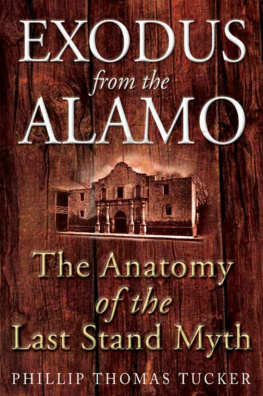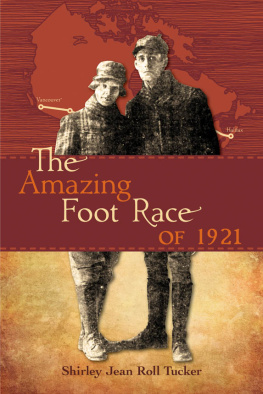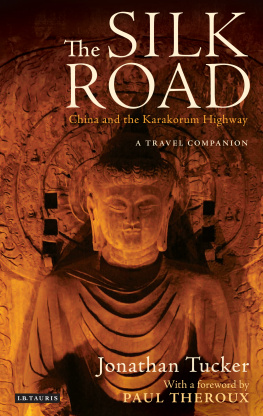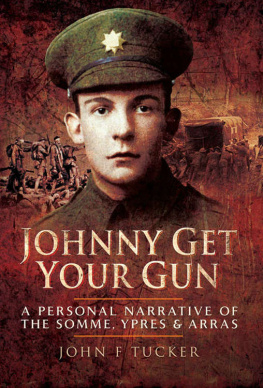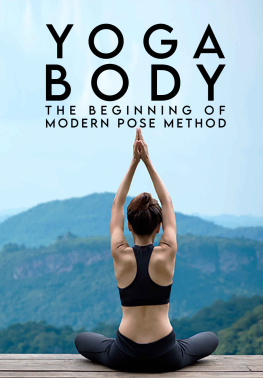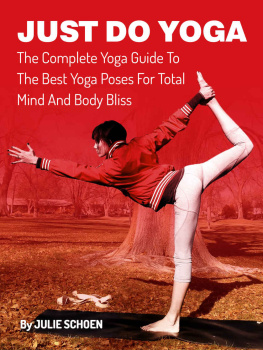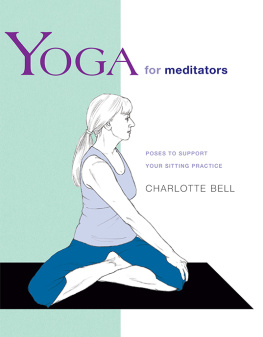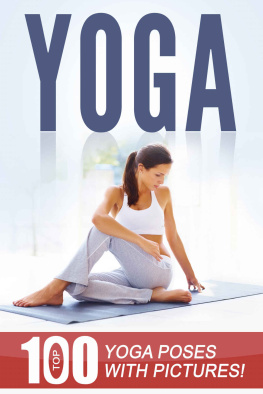Yoga for beginners:
Gentle Poses for Relaxation and Healing.
Table of Contents
Introduction
There are many ways to learn yoga. One popular option is to take a class with other students under the guidance of an experienced trainer. If you lack the funds or your schedule prohibits meeting with a class you may choose to learn yoga from videos. There are even interactive video games that can help you develop your yoga skills!
A third option is to become your own teacher. While it will help to consult with an experienced instructor periodically, you can easily teach yourself, using a combination of text and visual aids both of which you will find in this book.
I have provided proven step-by-step instructions to help you master the most popular and most broadly effective yoga poses. These instructions include breathing techniques and mental strategies to help you experience all the benefits yoga has to offer. Everything is described in detail, so you can get started immediately on the basics.
You will discover how to properly warm up for yoga and will quickly master the basic mountain pose, which is the springboard for numerous other yoga asanas, or poses. Throughout this book, you will find step-by-step instructions that walk you through the process of mastering each yoga position. You will also discover a variety of poses that address each part of your body.
In addition, you will learn how to nurture your developing yoga practice, from beginning to advanced level poses. I cap off the book with five sample yoga routines that address specific needs. This is followed by an entire section on how to customize your yoga practice to accommodate your own physical needs and to address mental, emotional, and sometimes even spiritual concerns. At the same time, you will find tips for fitting yoga into your current lifestyle. You will discover that yoga can truly enhance many aspects of your life.
Yoga is a great activity to explore; it is inexpensive and, really, has no downside! To get started, all you need is a set of comfortable clothes. Sure, you can use a yoga mat if you want, but even the mat is not essential; it just provides a clean surface with a little padding and can prevent your body from slipping out of position.
As time progresses and you decide that yoga is something you want to enjoy long-term, you may choose to invest in additional pieces of equipment. Blankets are helpful to support parts of your body during some poses. Yoga blocks can help support your body, while yoga straps can help you connect your hands or bridge the gap between hands and feet in some poses. As I said though, none of these are required, so dont let their lack stand in your way. Now, lets get started!
Chapter 1 What is Yoga?
Yoga, according to many from the West, consists of asanas, or postures. Yoga is considered in the West as one of the keep fit exercises, and as an alternate therapy for physical conditions. Some practitioners choose yoga to build muscles. Many enrol in classes to find relief from stress. It is also believed by some in the West that yoga is a religion, and hence they equate practicing yoga to embracing the religion.
Is this really what yoga is all about? Does yoga in the East, in India, its native land, mean the same thing, and is it practiced by sages for similar purposes?
Is yoga an art? Does it represent a religion, or is it a religion in itself? Is yoga just another exercise to keep the body healthy?
Well then, what is yoga?
In truth, yoga is as much a religion as it is a physical exercise. Its not only a religion, and it could never be considered only an exercise. Its a balm and support to the spirit, as much as to the body.
Contrary to what is believed in the West, asanas (the poses) are not yoga, but only a part of it.
Yoga, which dates back thousands of years, is a body-mind practice. It is the union of your consciousness with supreme consciousness.
Yogis of the ancient days practiced and preached yoga not as a form of physical exercise, but as the path to unite body, mind, and soul, and achieve enlightenment. Mind modification is not emphasized in western yoga, but it is the purpose of the practice in the East. By modifying the mind, negative emotions are prevented, and the mind is tuned to meditate, to achieve self-realization.
Yoga co-ordinates the body and mind and elevates your spiritual state to where you may feel at one with universe. It helps you attain self-realization, a state in which ego is shed and your true self is realized. It is precisely this state which reveals your unlimited potential.
Yoga is a practice that promotes harmony within the self, and with the world. Since body and mind are interrelated, a health issue in your body will affect your mind, and stress in your mind will affect your health. For example, a headache may make you feel tired and irritated, and you may want to shut out the world. Likewise, stress may cause you to feel unwell and be short-tempered, and we know that chronic stress leads to various health conditions. Only if your body and mind are settled will you find peace within, and be in perfect harmony. Yoga helps you to achieve this state with asanas and dhyana.
Asanas, meaning postures, in yoga promote physical health. Asanas bring into action every part of your body from head to toe and hence performing them stimulates the function of organs.
Yoga is also one of the best practices to keep your mind healthy. While practicing yoga, your mind is naturally involved in what your body is doing, thereby improving your focus. While this directly helps your yogic practice, it also indirectly helps you by keeping your mind from wandering. Dhyana, meaning meditation, is a limb of yoga that promotes mental calm. The more the mind is at peace, better your mental health will be.
Yoga is unique because it co-ordinates body, mind, and soul. It not only calms the mind, but promotes spirituality. Spirituality is not about religion. It is a state of mind, a sense of being connected to the supreme consciousness, and it leads to self-realization. Yoga, thus, plays a great role in balancing your body, mind, and soul.
Yoga transcends race, religion, country, and every other boundary to benefit everyone. Simply put, yoga is a way of life.
Types of Yoga
There are many kinds of yoga, so a beginner might wonder what they are, and how to choose the best one for them. Below, we list some of the most common types, and talk a bit about them.
Ashtanga Yoga Also known as Raja yoga and Eight Limbed yoga, Ashtanga yoga is the path of self-discipline. It is based on the philosophy of Yoga Sutra, authored by Sage Patanjali. He felt that there are eight stages to enlightenment, and each forms a limb in his philosophy. The eight limbs, or the eight practices, of Ashtanga yoga are as follows:
1) Yama Meaning control, yama refers to abiding by moral values such as not lying, not stealing, not being greedy, not being sensual, and not being violent. These are the donts of Ashtanga yoga.
2) Niyama Meaning non-control, niyama refers to the dos of yoga, which are developing personal qualities including cleanliness, contentment, austerity, introspection, and devotion.
3) Asana refers to the practicing of yoga poses to promote physical and mental health.
4) Pranayama performing breathing techniques for overall health
5) Pratyahara Meaning withdrawal from the senses, pratyahara serves as a transitional phase from previous limbs to subsequent limbs as the focus at this stage shifts from outward to inward, thereby promoting your yogic practice to higher levels.
6) Dharana focusing on something specific, either internal or external, in order to clear and quiet the mind. Dharana prepares you for dhyana.
7) Dhyana Unlike in dharana, in dhyana you are in absolute reality where you are totally aware and present in the moment. Attaining the state requires consistent practice.
Next page

